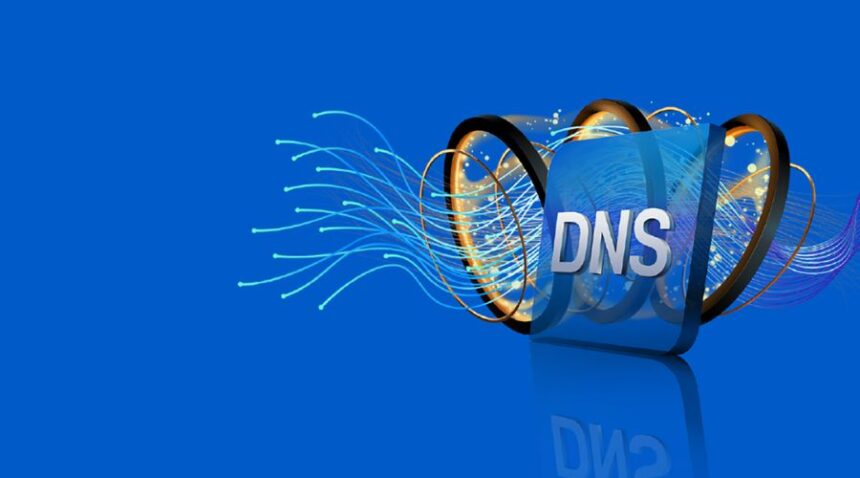It is unpleasant to see the warning “DNS server not responding” appear when attempting to access a webpage. Thankfully, whether you’re using Windows or macOS, fixing this issue is typically quick and simple.
We’ll look at solutions for the “DNS server not responding” issue in this post:
What error message does “DNS server not responding” mean?
The Domain Name System (DNS) is involved in the error message “DNS server not responding.” The DNS functions similarly to an online address book. We often input the domain name, which is the primary portion of the web address or URL, while accessing a certain website. An example of a domain name is “nordvpn.com.”
Your router transmits data from your device to the website’s server when you enter a domain name. Each internet-connected item and server has its IP address. A link is created between the website’s IP address and your device when the website opens.
What error message does “DNS server not responding” mean?
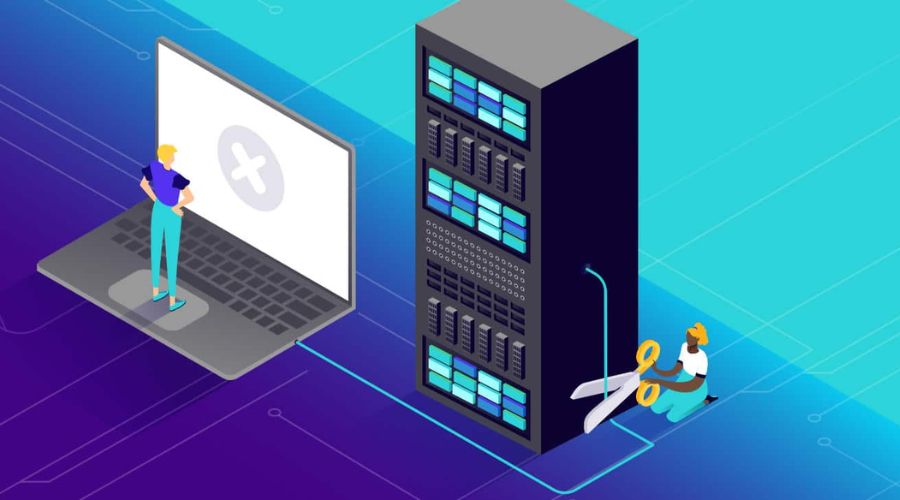
The Domain Name System (DNS) is involved in the error message “DNS server not responding.” The DNS functions similarly to an online address book. We often input the domain name, which is the primary portion of the web address or URL, while accessing a certain website. An example of a domain name is “nordvpn.com.”
Your router transmits data from your device to the website’s server when you enter a domain name. Each internet-connected item and server has its IP address. A link is created between the website’s IP address and your device when the website opens.
User-side problems are frequently the source of DNS server issues. Fortunately, there are various simple and fast ways you may use to quickly resolve the problem on your own.
How to resolve the issue “DNS server is not responding.”
The issue of “DNS server not responding” is one that many computer users encounter frequently. Usually, the problem may be easily fixed using very simple techniques. To identify the precise problem, you might need to try a few different things.
Let’s examine five solutions to the “DNS server not responding” problem:
1. Check and fix your network connection
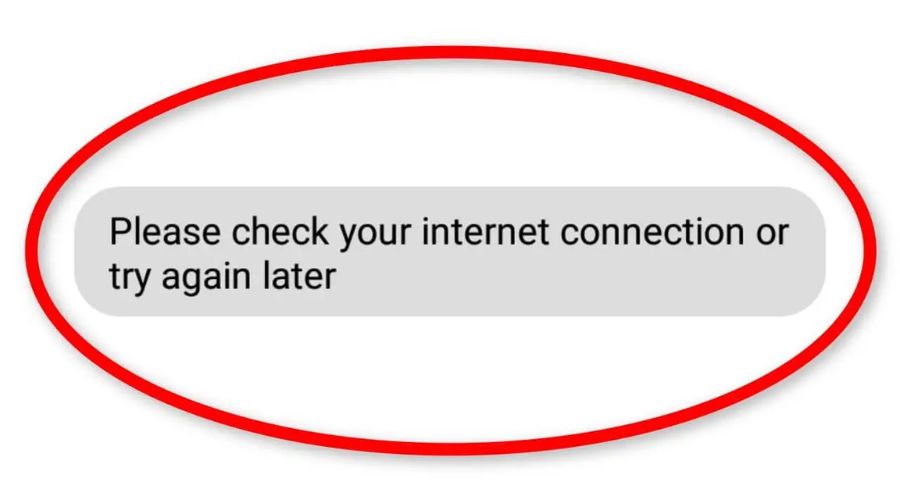
Examine your network connection for issues if you get a “DNS server not responding” error message. To diagnose and resolve potential network issues, run a network diagnostic. If the diagnostic finds an issue, it ought to provide a fix.
It might be more efficient and less time-consuming to troubleshoot your network connection before attempting alternative solutions. Here’s how to accomplish it on a Windows or macOS machine.
2. Turn your router back on
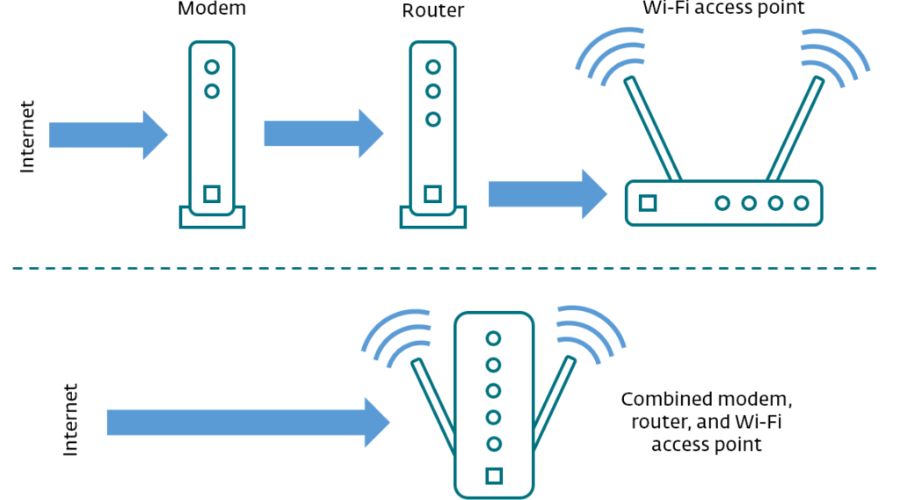
There could be an issue with your router if you receive the “DNS server not responding” message. Your router could be fixed and the error notice removed by restarting. To restart your computer, press the power button and unhook the power cord. Replug the power cord and switch on the router after around thirty seconds of waiting.
Try to visit the website you were attempting to reach when the error notice appeared by opening your web browser. Try a different fix if the DNS problem persists.
3. Clear the DNS cache
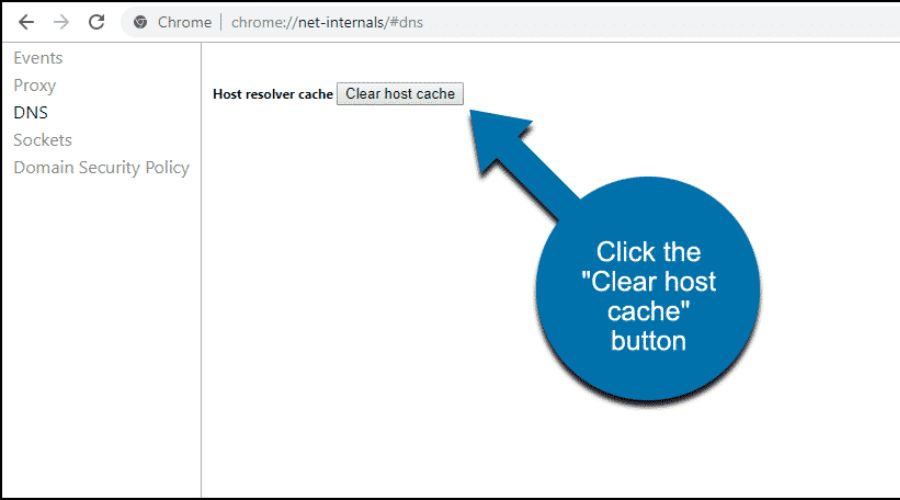
The DNS error warning can disappear if you flush your DNS cache. By doing this, you may remove all information, including IP addresses, from your DNS cache. Depending on whether you are using macOS or Windows, there are differences in how to flush your DNS caches.
4. Consider using a different online browser or device.

Trying a new device or web browser is one of the simplest methods to resolve a DNS server problem. You might be able to identify the root of the problem with the aid of this procedure.
Try using a different web browser if your regular one isn’t responding to the DNS server. For instance, try Mozilla Firefox if you often use Google Chrome. Make that browser your default if using a different one resolves the problem. You could also investigate if it helps to update your prior web browser.
To see the requested web page, you may alternatively try accessing it with a different device. Retry after connecting the second device to your WiFi. Try utilizing mobile data to see if the second device has the same problem. This step assists you in figuring out if the issue is with your Wi-Fi connection or not.
If it happens on different devices or browsers, there could be a problem with your Wi-Fi connection. Nevertheless, a DNS server outage may be the reason for the error instead of an issue on your end.
5. Modify the IP of your DNS server
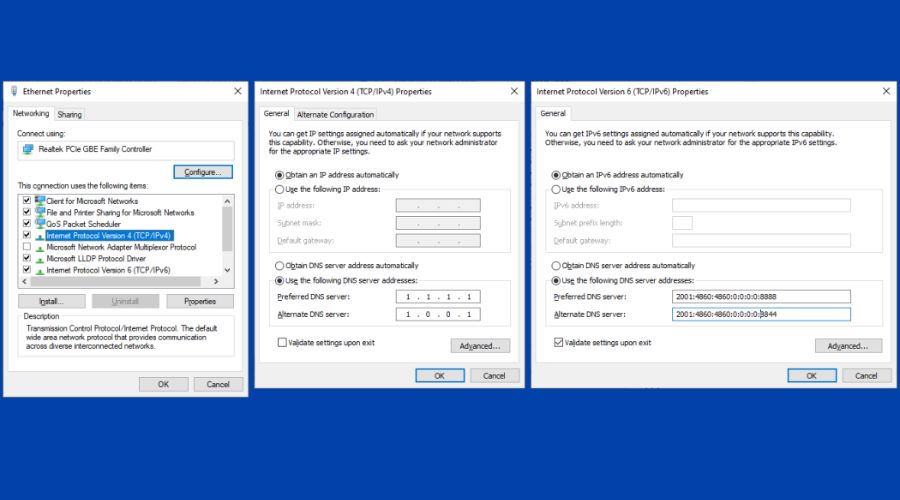
You can adjust your DNS server address if the one that is set as your default doesn’t function. Typically, the default DNS server that your internet service provider (ISP) selects for your device is used automatically. You won’t be able to utilize that DNS server, though, if your provider is experiencing a brief outage.
Fortunately, switching DNS servers could take care of the issue. A nice alternative is the free public DNS server that Google provides. Alternative DNS server addresses could also be offered by other businesses.
Conclusion:
There are many other ways through which you can make your DNS work such as: updating your computer’s network adapter drive, disabling IPv6, temporarily deactivating your firewall or VPN, and restarting your computer in safe mode. For more updates visit www.gurucent.com.
FAQs:
Q1. How are DNS updates made?
- Open your Control Panel and log in.
- Visit Domain Central.
- To update a domain, click on it.
- Toggle DNS.
- Choose the kind of DNS record you wish to change using the Modify drop-down menu: Nameserver in private. MX Document. CNAME Proxy. NS Document. A Document. Record TXT/SPF.
Q2. How can DNS be made better?
We can enhance DNS performance by growing our DNS traffic. The CoreDNS service’s replica count can be manually increased from the default number. Using kubectl scale deployments, for instance: applications -n kube-system coredns –replicas=4 raises the quantity of copies from two to four.
Q3. Is DNS 1.1 1.1 the quickest?
Cloudflare runs a public DNS resolver at 1.1.1.1 that provides a quick and private Internet browsing experience. 1.1.1.1 does not sell user data to advertising, in contrast to other DNS resolvers. Furthermore, tests have shown that 1.1.1.1 is the fastest DNS resolver currently in use.



